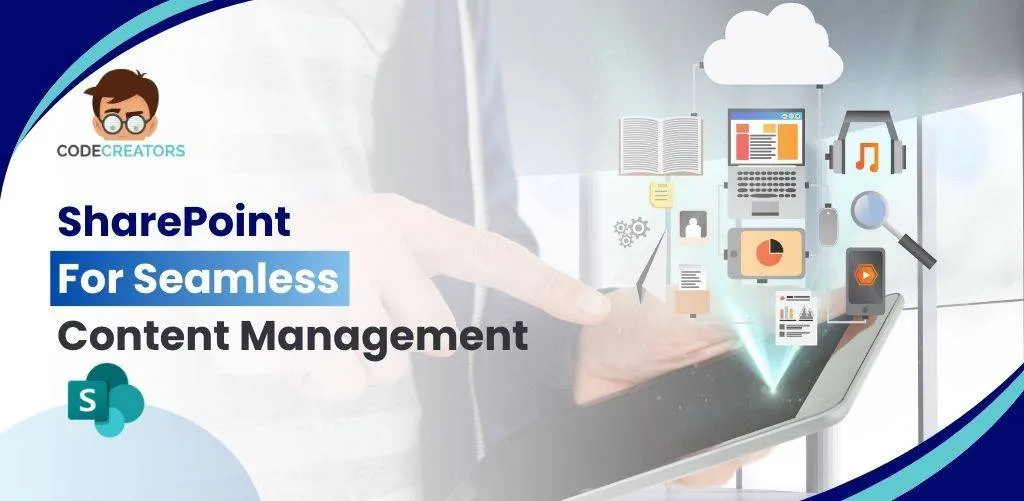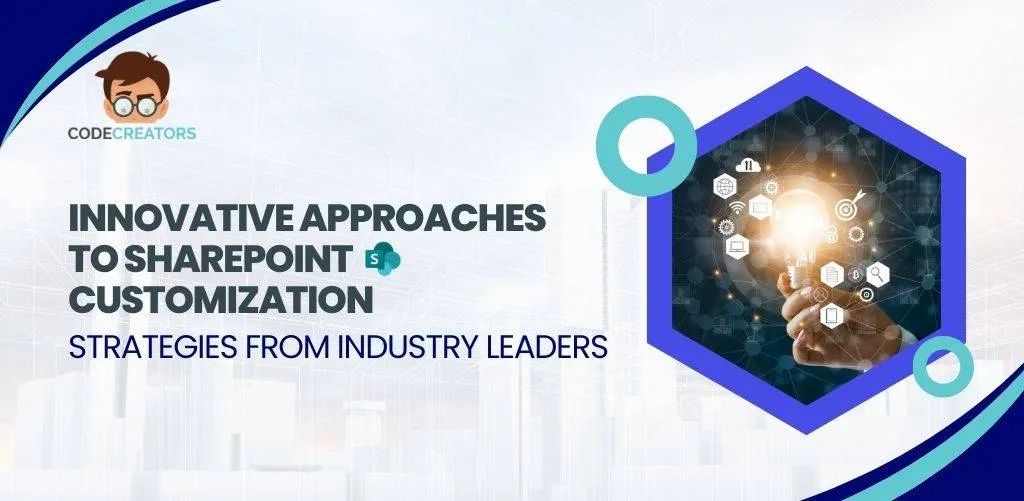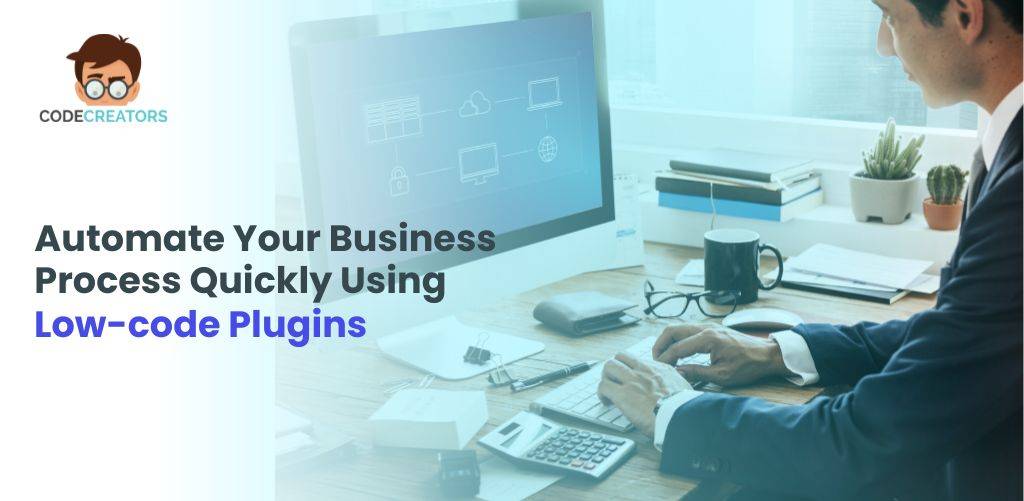MS PowerApps Pricing – Everything You Need to Know

Microsoft PowerApps looks ideal at a glance, but buyers actually need to be very aware of the hidden costs. Before you make the jump, here is what you need to know about PowerApps licensing and pricing.
Let’s Understand Microsoft PowerApps Cost First
PowerApps is the most popular low-coding platform by Microsoft, which is now a part of the Microsoft Power Platform Suite. One of the most significant advantages of MS PowerApps is that it is a part of the MS Office 365 Suite. Apart from this, it also works well with critical applications such as MS Dynamics 365, Power BI, and Microsoft SharePoint.
Nevertheless, where it is effective for developing basic business applications, there are many limitations and hidden costs within the Microsoft licensing app plans and guides. Let’s take a closer look at what PowerApps’ pricing, licensing, benefits, and shortcomings for the business users.
Benefits of Using PowerApps for Business
1. Speed
With MS PowerApps, you get the chance to personalize and design your own user interface. With Canvas App you can do it without any difficulty, as it provides plenty of ready-to-use templates and features. Such power platforms enable you to organize and position your own controls. All you require is some creativity to induce your business personality and knowledge in it. And to design lightweight and non-complex apps quickly, you do not require any prior coding experience.
2. Durability
Users often build model-driven applications in support of Common Data Services used to create business processes, forms, and business principles. Business companies may also use these applications for long-hours too. The majority of the layouts and templates are ready-made and designated by the components that you select.
3. Easy App Development
As mentioned above, MS PowerApps is pre-packed with coding already and you do not require any prior coding knowledge to create apps. All you need to do is to follow the instructions provided by the PowerApps guide to create an application. However, its user interface has a surplus of menus, and hence it may take some time to grasp the complete knowledge.
4. MS Office 365 Integrations
Since MS PowerApps is a part of MS Office 365 Suite, it integrates really well with MS Power BI and MS Flow, etc. It is easier for the users to get data out from MS Office 365 Apps, which makes the routine business process fast and efficient.
5. Branded Mobile Applications
Since your app must run within MS PowerApps Mobile App, you do not need to separately craft a branded mobile application that is submitted to app stores.
6. Easy Standard Connectors
For non-experienced app developers, this could be really challenging to learn how to connect to data. With PowerApps, you can easily connect to many standards storage services. Also, the ready-made templates and drag & drop selections make it fast and easy to access data from common Microsoft applications and other cloud services.
Limitations of MS PowerApps
1. Not Suitable for Businesses with Multiple Vendors
Microsoft has a practice of encouraging its customers to keep within its ecosystems and the same is the case with PowerApps. Although PowerApps integrates really well with other Microsoft platforms such as MS Power Automate, MS Flow, and MS Power BI. But does not integrate with all kinds of third-party solutions and that is why it is not enough with businesses that use solutions from multiple vendors.
2. Issues in Data Sharing & Distributing
Sharing apps built with PowerApps usually do not post any problem for the internet users. However, sharing your business app with users outside of your company becomes a very challenging task.
3. Not an Ideal High-Performance Solution
PowerApps run perfectly on devices such as on web-browsers and PowerApps player. However, if you require a quick and high-performance solution, then PowerApps may not be the ideal choice for you.
4. Larger PowerApps Don’t Work as Effectively as Smaller Ones
As compared to smaller, less complex PowerApps, the larger ones do not work effectively. Smaller changes can damage the performance of the whole application. Complex PowerApps require users to write codes several times, and every time you tweak it, you need to add the new code with the older one. This makes the entire task too tedious and difficult, especially if you are a seasonal developer.
5. Limited to Cloud Hosting
PowerApps are only limited to hosting the application through the cloud. For institutions such as financial institutes, military, and air-gapped systems, this is a major deal-breaker, as they rely on different ways to host their applications and do not put their data on the cloud due to security issues.
6. Overly Dependent to MS Azure
PowerApps features need access to MS Azure tools. The more you use them, the harder it will become to you to migrate to other platforms or environments.
Who Can Use PowerApps? Is It Really Worth the Hype?
PowerApps allows its users to build applications without having any prior coding experience. The software enables developers to programmatically integrate with metadata and data, apply business logic, create custom connectors and integrate the platform with external data sources.
It is next to impossible to find a development platform that adapts all your company’s needs precisely. Also, it takes time to integrate a new platform into your existing system, and therefore, achieving instant profits is very rare.
- If you already have a subscription to MS Office 365, then MS PowerApps enables you to create different custom apps that will integrate various platforms.
- With PowerApps you can also access data from 200 external data sources. These data sources include Dropbox, Outlook and Salesforce.
What Are the Hidden Costs of MS PowerApps?
Although Microsoft claims that PowerApps is free, you cannot create any actual kind of app unless you pay $50/user per month. However, there are different pricing plans offered by Microsoft. The first plan listed below requires businesses to pay $10 per license per user to run a single power app per user at a time. Also, every user is required to log-in with his company’s Office 365 user credentials.
License Plan 1 – This includes 4500 Microsoft Flow automation or ‘runs’ per user per month along with the access to MS Common Data Services. This plan is suitable for users that have no prior coding experience.
License Plan 2 – This plan is significantly more expensive and it costs $50 per user per month. With this you get 15,000 MS Flow runs/users per month. This plan is an ideal fit for experienced app developers.
Do You Need a Microsoft Dynamics License to Make PowerApps Work?
MS PowerApps can only be used within Microsoft Dynamics 365 or Microsoft Office 365. For instance, if you use MS SharePoint as your CRM, then you can use MS PowerApps to share your data. On the other hand, if you have a third-party CRM, then it would become an issue because for that you need to migrate your data from PowerApps. All in all, this is a very tedious and time-taking task.
Do PowerApps Require Any Backup Software to Work?
MS PowerApps is a great way to build web-based or mobile applications that provide extra functionality to other Microsoft platforms. Basically, it is a bolt-on or add-on software product. For example, the PowerApps-based app will schedule appointments for technicians and update their availability automatically within the Resource Scheduling application of Dynamics 365.
When Does a User Needs a License?
Whether you want to create an app or use PowerApps, you need to have a Microsoft Office 365 license. Both the pricing plans discussed above comes with a 90-days free trial. However, these trial licenses come with limited access to data sources by Microsoft. For instance, a user who wants to connect with MS SharePoint cannot access any data if he does not have an Office 365 license.
What Other Costs Are Involved?
By using Microsoft App Portals, you can easily give access to external users or people outside your organization. To serve the purpose, there are two types of licenses available. The first type enables you to only allow your authorized users to access the application. Whereas, the second one enables anonymous external users to access your application. PowerApps Portals are included in the Office 365 subscription. But, obviously, there are costs involved.
PowerApps Portal Licensing
PowerApps Portals are licensed under the following prices;
- For External Users (Authorized Users) the charges are $200 for 100 logins per month.
- For External Users (Anonymous Users) the charges are $100 for 100,000 web-page views per month.
- Internal users can access the portal anytime by using a per-user or per-app plan.
Does PowerApps Require Any Additional Software?
If you have already subscribed to MS Office 365 Enterprise E1 or a higher subscription plan, then PowerApps will be included in the suite already. By using MS PowerApps, you can build applications on Microsoft Dynamics, Microsoft Office, MS SharePoint, or other Microsoft applications. However, it does not allow you to make an app for a non-Microsoft platform.
MS PowerApps is specifically used for creating internal applications, which comes with its distinctive set of pros and cons. Every user is required to have an MS Office 365 license to develop an internal business application. However, someone outside the company cannot make any changes; also, the in-house developers cannot add any custom JavaScript or HTML to modify the application.
Conclusion
No matter what direction you choose for your organization, it is important for you to know about the following factors of PowerApps before you make any decision.
- MS PowerApps is a very popular no-coding or low-coding platform. However, it does have some hidden costs and limitations.
- It has a limited offline capacity which means that the application will not work without the internet, which is basically an unavoidable function for field workers or workers on the go.
- For every team member, you have to purchase a separate license.
- You cannot share your PowerApps based app with people outside your organization without purchasing external user authorization and license.


